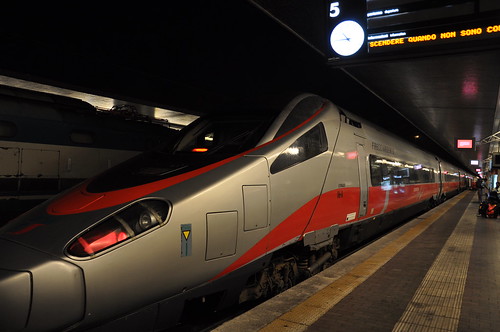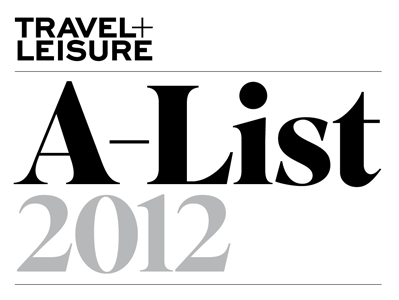
Next year, from May 1st to October 31st, the World’s Fair is coming to Milan!
Milan last hosted nearly 110 years ago, and will be putting on quite the spectacle in recognition of receiving the honor of hosting next year’s event. Colloquially known as world’s fairs, past universal expositions have left the world with such landmarks as the Eiffel Tower and Chicago’s world-renowned Field Museum.

Next year’s Expo will cover a total area of nearly 11 million square feet, in the form of an island surrounded by a canal, offering visitors a chance to experience waterside cafes and passeggiatas (strolls) so central to Italian life.
Expanding on the idea of the Mediterranean diet and the fact that people in Italy’s island region of Sardinia are among the longest-lived in the world, the Expo will focus on spreading good eating habits and sustainable development practices.
Taking “feeding the planet, energy for life” as its theme, the Expo will manifest this concept through five interesting areas: food for the body (edibles), food for the eyes (architecture), food for the soul (addressing global food issues), food for the mind (education), and food for the heart (entertainment).

Like past world’s fairs, the event will feature pavilions from over the world, and as of last month, nearly 150 countries had signed up to participate. Award-winning design team Herzog & de Meuron have created a city-like grid for the pavilions, which will function like row houses in a residential city neighborhood, each rising—in many cases with “living” walls—over the expo grounds and often featuring roof decks, as will be the case with the U.S. pavilion, focusing on American food production, with a special section devoted to food trucks.























